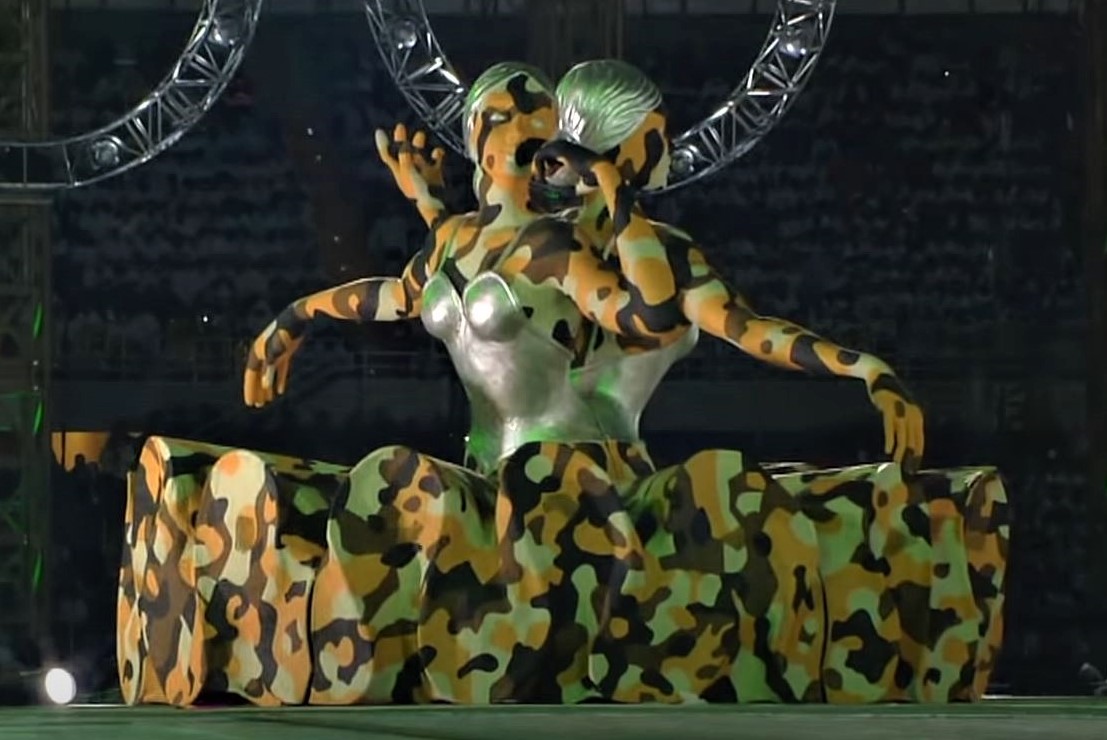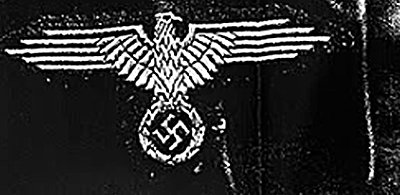2006 Olympics: Art, Sports & Fascism
While watching the televised opening ceremonies for the 2006 Turin Winter Olympics, I was stunned to hear the anchorman casually mention the fact that the stadium had been “built by Benito Mussolini,” a fact to which was attributed no historical context or significance.
I found myself wondering if such a nonchalant attitude would have been taken had the stadium been built by Adolph Hitler. While the international press focused on the colorful glitz of the opening ceremonies with its flaming rollerbladers, dancing cows, soaring acrobats, and appearances by Luciano Pavarotti, Yoko Ono and Peter Gabriel, it was the “Salute to Futurism” that got my attention.
How ironic that I started this month by writing Back To The Futurists, a blog post about the Italian Futurist art movement and its overt support for fascism. The founder of the movement, Filippo Tommaso Marinetti, wrote in his 1909 Futurist Manifesto:
“We want to glorify war – the only cure for the world – militarism, patriotism, the destructive gesture of the anarchists, the beautiful ideas which kill, and contempt for woman. We want to demolish museums and libraries, fight morality, feminism and all opportunist and utilitarian cowardice.”
Understandably, the producers of the Olympic ceremonies wanted a tribute to “Rhythm, Passion and Speed,” but I hope it was naiveté that lead them to produce a homage to the fascist Futurists. The NBC Winter Olympics website described Futurism in the following manner, “a 20th Century Italian movement which embraced the speed of modern life created by technological advances.”
In reviewing the Salute to Futurism segment of the opening ceremonies, NBC wrote “Lots of flashing lights… everything but a spacecraft landing. Wait! Is that a spacecraft? Of course not. It’s the Ferrari, certainly a good reason for us all to embrace futurism, even if we can’t afford it.”

The Turin Winter Olympics are taking place in a stadium ordered constructed by dictator Benito Mussolini in 1932-33. The fascist-era stadium was of course dedicated to Il Duce, the country’s maximum leader, and it bore his name, Stadio Mussolini.
After the Second World War and the defeat of fascism, the stadium was renamed Stadio Comunale. Starting in 2004 the stadium underwent a $35 million renovation, and in November of 2005 the stadium was reinaugurated for the 2006 Turin Winter Olympics.
It now bears the name of Stadio Olimpico. The first fascist sporting event took place at Stadio Mussolini on May 14th, 1933, and Mussolini’s Italy hosted the 1934 Football World Cup at the stadium. The international soccer competition, the Campionato Mondiale di Calcio, was turned into an orchestrated propaganda spectacle for the Italian fascist state that was on equal par with Hitler’s 1936 Summer Olympics.
Unfortunately the link between extremism and sports remains unbroken today. There are still fascist soccer fans throughout Europe, like the supporters of Italy’s Societá Sportiva Lazio, a team established by Italian army officers and favored by Il Duce himself.
During a 1998 match, supporters of SS Lazio unfurled a banner to taunt fans of the opposing team, it read “Auschwitz is your town, the ovens your houses.” In 2005, SS Lazio team member Paolo di Canio gave the fascist salute to a crowd of his supporters at a major soccer match, he was fined and banned for one game.
While it’s true the aforementioned soccer hooligans are a minority, and the overwhelming majority of athletes and sports fans in the world are decent people, there is still something about the mass spectacle of sporting events that makes me uncomfortable. I’m always left wondering why the same energy and interest invested in sports and athletes is not also devoted to art events and artists. I guess I’m just not a “team player.”
Decades ago I met an Italian documentary film-maker who was shooting a film on the subject of sports and how it connects to the authoritarian mindset. While I lost touch with the fellow many years ago, on occasion I wonder if he ever completed his project.
Perhaps he was filming the Salute to Futurism.




